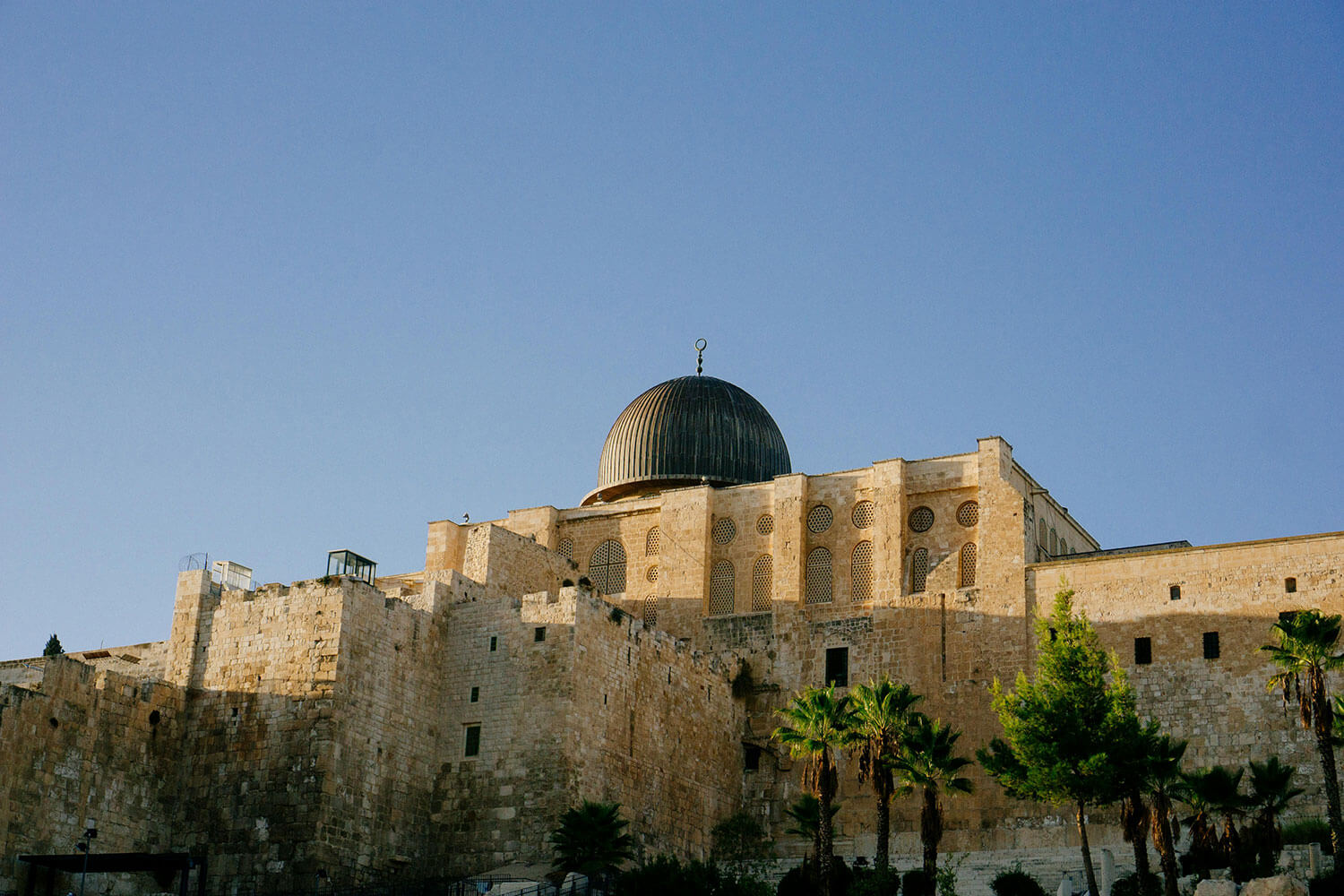Explained series
Keen to get a better overview of Christianity? Come explore the Bible with us through our 9-part series. Starting at episode 1, you’ll gain a better understanding of the Bible through thoughtful storytelling, told all across the world.
Each episode has a range of different Q&A’s you can watch to get quick insights on the topics discussed.
Start here, and work through at your own pace!
We’ve designed this series to be as simple and accessible as possible—it’s completely free to use any time, any place. Start with episode 1, and explore at your own pace.
Experience the Bible Like Never Before - Through a Worldwide Journey!
Filmed across the globe, Long Story Short brings the Bible to life in a way that’s engaging, relatable, and thought-provoking. Over the course of nine episodes, we join Graham Burt on an incredible journey through the story of the Bible. From the bustling streets of Paris to the ancient wonders of Egypt, from the temples of Cambodia to the landscapes of Australia and New Zealand…we travel the world to uncover the deep and lasting significance of this story for everyone.
Common questions
Long Story Short is for anyone curious to learn more about the story of the Bible and why Jesus is at the very heart of the plot line.
You can watch the series on your own, with a friend, or in a group.
The “Explained Series” is a nine-episode video series introducing the viewer to the primary storyline of the Bible. As we travel all over the world, we discover how the Bible is both God’s story and ours, and why Jesus is at the story’s very centre. Alongside each episode in the series, short Q&A videos provide clear answers to many relevant questions.
Long Story Short is a relaxed journey through the biblical backstory that ends up leading to Jesus. So it's a great way for churches to introduce people to the Bible’s redemptive story and the good news of the Gospel. This can be done individually, one-on-one, or in a small group with a Leader’s Guide. See the Church Leaders section for more information.
The Explained series is a fresh update of Long Story Short’s original eleven-episode series which tells the story of the Bible even better than before. Now just nine episodes, the Explained series contains brand new footage, is faster-paced and even more clearly-focused on the key themes of the biblical story than before. We think you’re going to love it!
Long Story Short is absolutely free to anyone, any time, anywhere. Why? Because we believe everyone should have an opportunity to hear and understand the greatest story ever told.


.png)






.png)
.png)



.png)

.png)



.png)
.png)





























